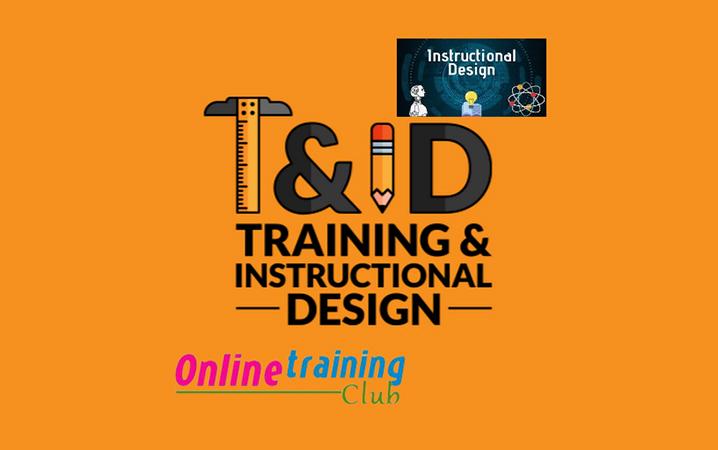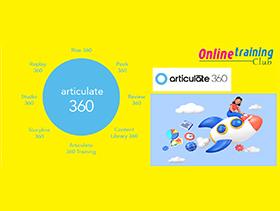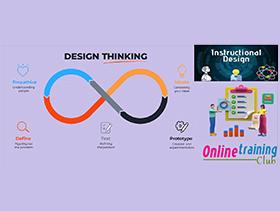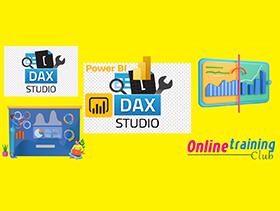Discover the world of instructional design through Online Training Club comprehensive training courses. Learn about instructional design models, strategies, and best practices. Gain expertise in eLearning development and create impactful learning experiences that engage and inspire learners.
Introduction:
Instructional design plays a crucial role in developing effective and engaging eLearning courses. It involves analyzing training needs, designing instructional materials, and employing strategies to optimize learning outcomes. In this blog, we will explore key concepts and strategies in instructional design, providing insights into creating transformative learning experiences. Join us as we delve into instructional design models, multimedia design, assessment and evaluation techniques, and more.
1. Instructional Design Models:
Explore various instructional design models, such as ADDIE (Analysis, Design, Development, Implementation, Evaluation), SAM (Successive Approximation Model), and the Action Mapping approach. Learn how these models guide the instructional design process and provide a structured framework for developing effective eLearning solutions.
2. Instructional Strategies:
Discover a wide range of instructional strategies, including scenario-based learning, gamification, microlearning, and blended learning. Understand when and how to apply these strategies to engage learners, foster active participation, and enhance knowledge retention.
3. Multimedia Design:
Learn the art of incorporating multimedia elements into instructional materials. Understand the principles of visual design, audio narration, animations, and interactive elements to create engaging and visually appealing eLearning experiences.
4. Assessment and Evaluation in Instructional Design:
Gain insights into the importance of assessments and evaluations in instructional design. Discover different assessment methods, such as quizzes, simulations, and performance-based assessments. Learn how to measure learning outcomes and evaluate the effectiveness of your instructional design solutions.
5. Best Practices in Instructional Design:
Explore industry best practices that contribute to effective instructional design. Dive into topics such as learner-centered design, usability, accessibility, and user interface design. Discover how to create learner-centric experiences that cater to diverse learning needs.
6. Tools for Instructional Design:
Discover a variety of instructional design tools and software that can streamline your eLearning development process. Explore authoring tools, learning management systems (LMS), and content creation platforms that enhance your instructional design workflow.
Conclusion:
Mastering the art of instructional design is key to creating impactful eLearning experiences. By understanding instructional design models, employing effective strategies, utilizing multimedia elements, and incorporating assessment and evaluation techniques, you can design engaging and effective learning materials. Join our instructional design training courses and unlock your potential as an eLearning developer. Start your journey toward creating transformative learning experiences that inspire and empower learners.







